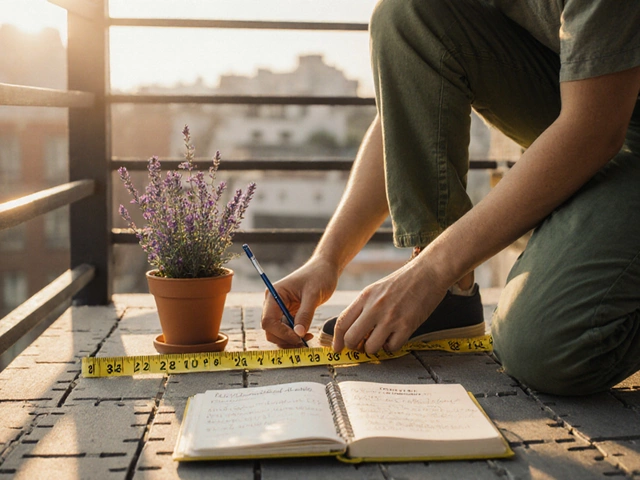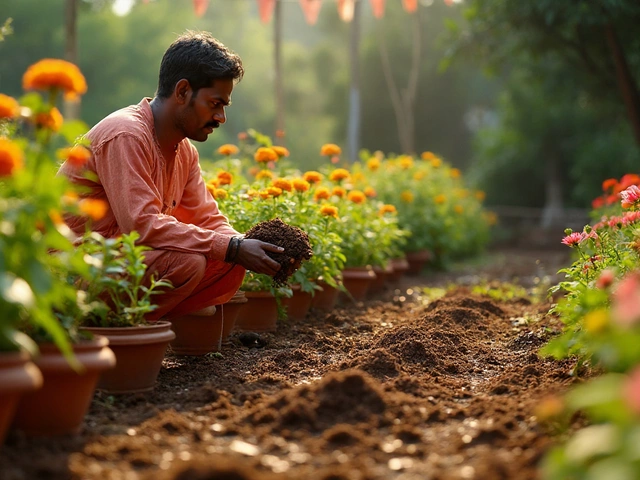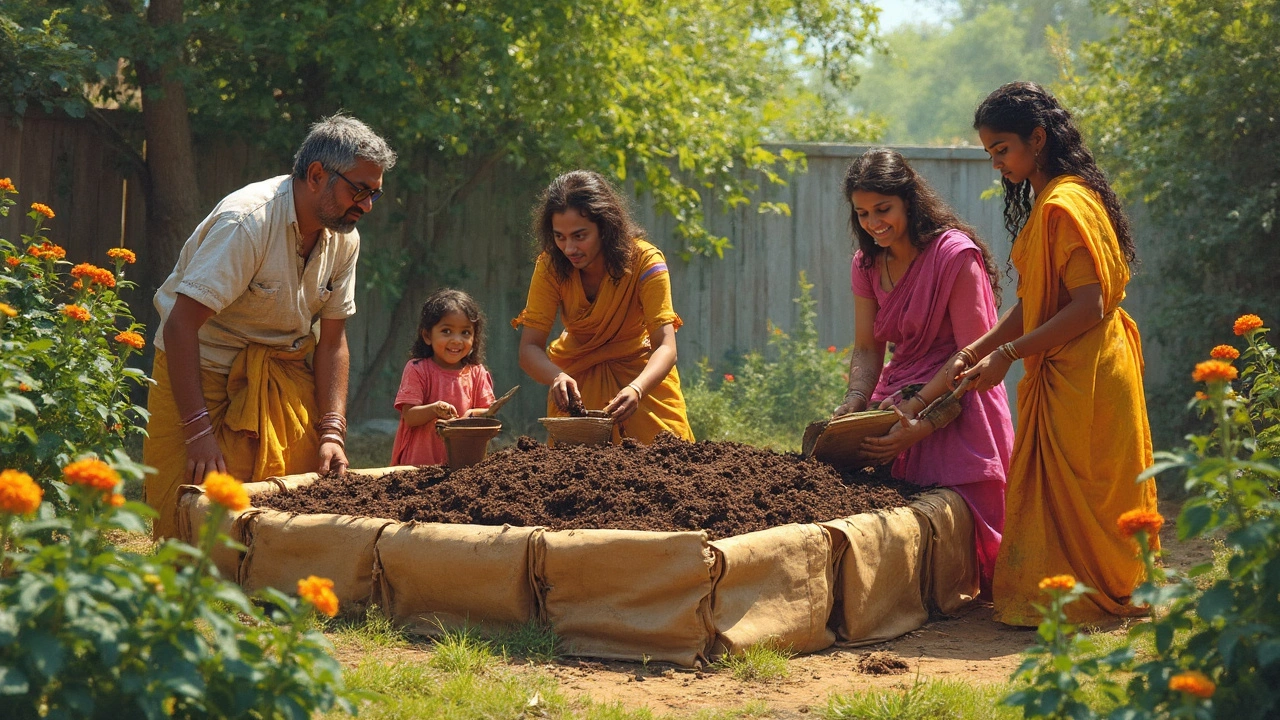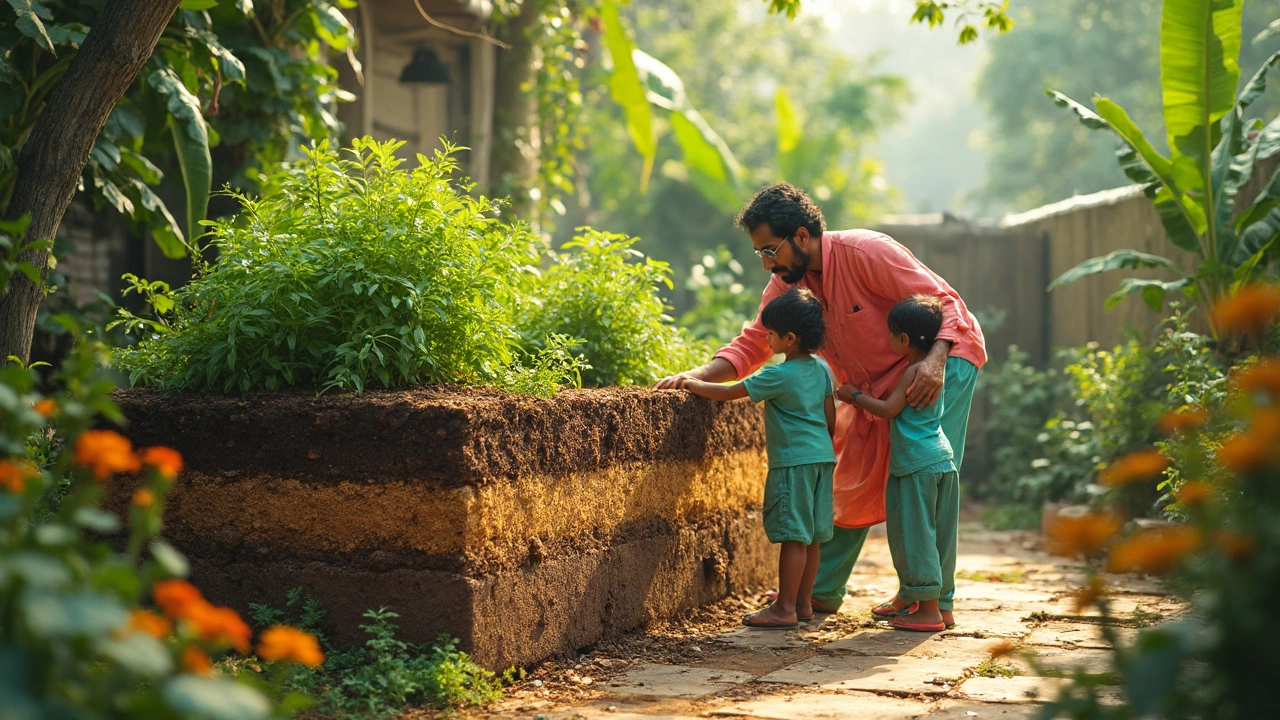Raised Garden Bed: Simple Steps to Grow More in Less Space
Thinking about a raised garden bed? You’re not alone – a lot of Indian gardeners love the tidy look and the ease of growing veggies, herbs or flowers up off the ground. A raised bed keeps soil loose, improves drainage and makes weeding a breeze. Let’s walk through everything you need to know to build and care for a raised bed that actually works.
Why Choose a Raised Bed?
First off, a raised bed lets you control the soil mix. If your native soil is heavy clay or full of rocks, you can fill the frame with a light blend of compost, sand and garden soil. This means better root growth and less water‑logging, which is a big plus during the monsoon season. Raised beds also warm up faster in the winter, so you can start seedlings earlier. And because the bed sits above the ground, you won’t have to bend as much when you plant or harvest – a win for anyone with back pain.
Building Your Bed on a Budget
You don’t need fancy lumber. Many gardeners repurpose old pallets, bricks or even bamboo poles. Aim for a height of 12‑18 inches; that’s deep enough for most vegetables while keeping the build manageable. Keep the width under 4 feet so you can reach the middle from any side without stepping into the bed. Once the frame is set, line the bottom with a weed barrier, then add your soil mix.
For a quick soil recipe, mix 1 part garden soil, 1 part compost and ½ part coarse sand. This gives good structure, nutrients and drainage. If you’re in a dry region, add a handful of zeolite or perlite to hold moisture longer.
Watering Made Easy
Water is the biggest headache for many gardeners, especially when water supply is erratic. A raised bed works well with drip irrigation – the tubes sit right on top of the soil and deliver water right where the roots need it. If you’re unsure about drip lines, check out our guide “How Deep Should Drip Irrigation Lines Be Buried?” – even though it talks about burial depth, the same principles apply to surface drip for raised beds.
Another simple trick is to water in the early morning. The soil absorbs water before the sun evaporates it, and you avoid fungal problems that happen with evening watering.
Choosing What to Plant
Most veggies love the loose soil of a raised bed. Try planting lettuce, spinach, radishes and herbs in the shallow front, and put deeper‑rooted plants like carrots, beets or tomatoes toward the back. If you love flowers, marigolds and nasturtiums work well as companion plants – they repel pests and add colour.
Companion planting isn’t just a buzzword. Pairing “sister plants” like basil with tomatoes can boost flavour and keep pests away. Our article “Sister Plants: The Science and Benefits of Companion Planting” dives deeper into the combos you can try.
Keeping Soil Healthy
Heavy soil can choke roots. If you notice compacted spots, sprinkle a thin layer of compost or sand and work it in gently. The post “How to Loosen Heavy Garden Soil” gives a quick rundown of additives you can use.
Don’t forget to mulch. A 2‑inch layer of straw or shredded leaves conserves moisture, suppresses weeds and adds organic matter as it breaks down.
Seasonal Care for Indian Gardens
India’s climate varies a lot, so timing matters. In the north, start sowing cool‑season veggies in September‑October. In the south, you can plant almost year‑round, but avoid the peak summer heat for tender greens.
Check the “Best Months for Flower Blooming in India” guide for ideas on when to add flowering plants that will keep your bed colourful all year.
All set? With these basics you can build a raised garden bed that’s low‑maintenance, productive and looks great in any backyard or balcony. Keep experimenting with soil mixes, watering tricks and plant combos – gardening is all about learning what works best for your space. Happy planting!
How to Fill a Raised Garden Bed Cheaply: Soil Hacks That Save Big
Need to fill up a raised garden bed without dropping a ton of cash? This article covers dirt-cheap methods to get the job done, including what to use as bottom layers, where to get free or cheap soil amendments, and how to boost your soil quality on a shoestring. You’ll learn which materials are safe and which to skip. Save cash, recycle smart, and grow better plants with easy-to-follow tips.
Best Materials to Put in the Bottom of a Raised Garden Bed for Healthy Soil
Not sure what to put at the bottom of a raised garden bed? This article breaks down the best materials to boost soil health, improve drainage, and keep weeds at bay. Learn the dos and don’ts for a thriving garden setup. Get practical tips that save time, money, and hassle. Create your raised bed right from the start.
About
Soil Improvement
Latest Posts


Balcony Decorating Ideas: Turn Your Small Outdoor Space into a Stylish Retreat
By Alden Thorne Oct 13, 2025

Rice Consumption in the US: Spotlight on Leading States
By Alden Thorne Jan 25, 2025

Plants That Hate Coffee Grounds: What Not to Feed Your Garden
By Alden Thorne Aug 4, 2025


